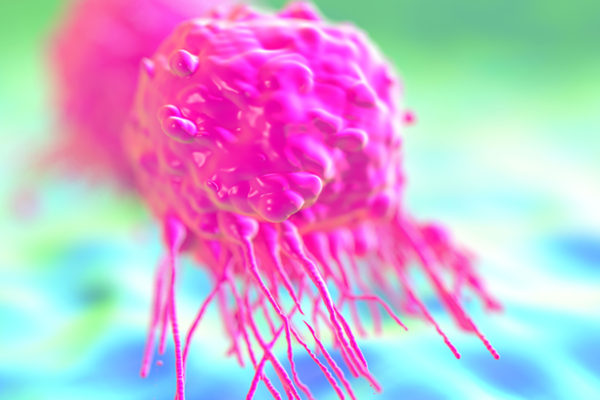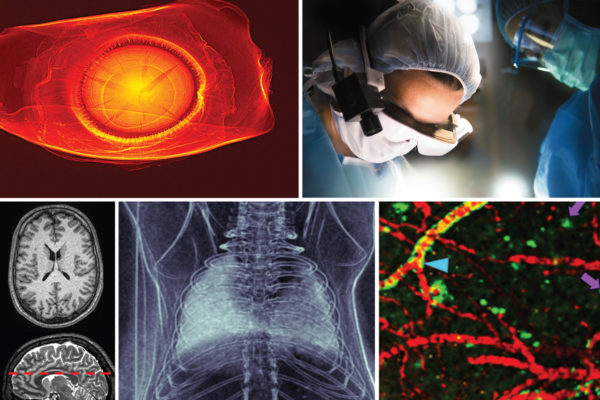Detecting, diagnosing women’s cancers in new ways
The National Institutes of Health has awarded a Washington University in St. Louis faculty member in the School of Engineering & Applied Science a total of $1.3 million to study new imaging techniques designed to better fight breast and ovarian cancers.
Investing $25 million in imaging sciences
Washington University in St. Louis is launching a bold $25 million initiative over the next five years to develop innovative technologies aimed at improving science and medicine worldwide. The Imaging Sciences Initiative – a partnership between the School of Engineering & Applied Science and the School of Medicine – will support the development of new imaging technologies to diagnose and treat disease as well as study intricate biological structures, metabolism and physiology, and critical molecular and cellular processes.
Innovative light therapy reaches deep tumors
Researchers led by Samuel Achilefu, PhD, at the School of Medicine have devised a way to apply light-based therapy to deep tissues never before accessible. Instead of shining an outside light, they delivered light directly to tumor cells, along with a photosensitive source of free radicals that can be activated by the light to destroy cancer.
‘Nano-targeting’ cancer and heart disease
Nanoparticles can be loaded with a variety of things, including imaging agents and drugs.Using nanoparticles, researchers at Washington University School of Medicine in St. Louis hope to send imaging agents and medications directly to specific cells. The research team recently received a three-year contract from the National Cancer Institute to explore nanoparticle technology for cancer detection and treatment. They also have reported success at detecting very early stages of heart disease. The researchers load specific drugs or imaging agents onto nanoparticles. Then, by injecting those packed particles into a patient, they are able to use MRI scans to locate very tiny blood vessels that tend to grow around plaques in cardiac arteries and near tumor cells at the earliest stages of cancer.



